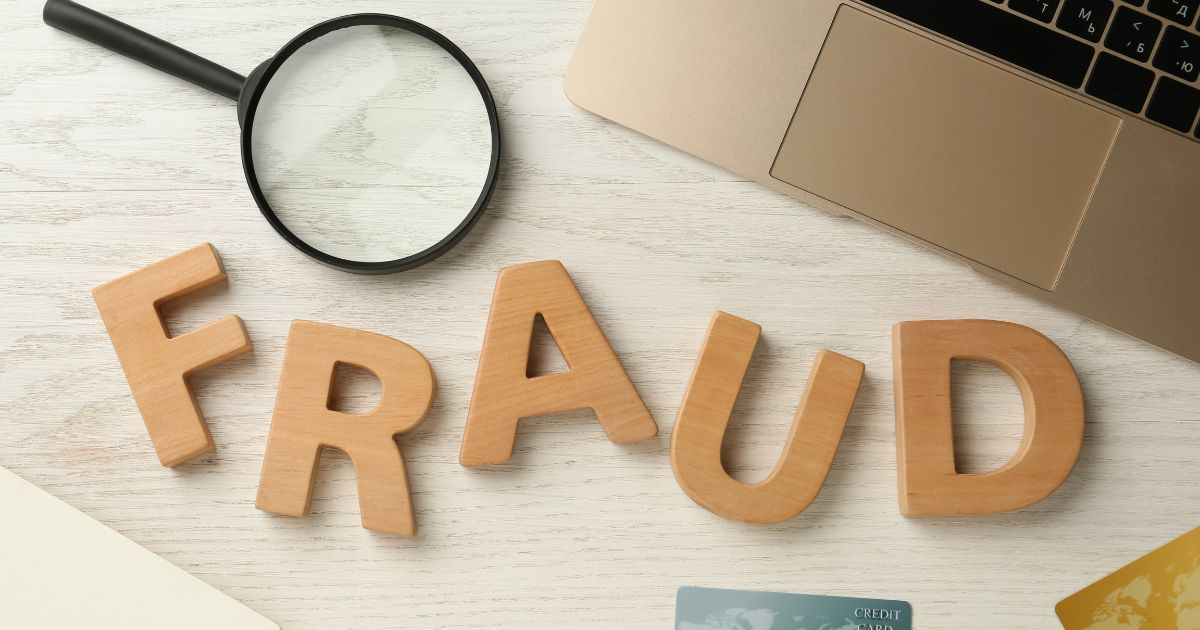· Debt Recovery Law · 3 min read
Cheque Bounce Case vs. Civil Recovery Suit: What Every Borrower Should Know!
Understand the difference between cheque bounce cases and civil recovery suits in India, and know your legal rights and defences as a borrower in default.

Borrowers in India are seen to live not only in a financial strain but in legal pressure in case of repayment default. The two most popular paths that lenders pursue to recover money are:
● To approach the court on a cheque bounce case under Section 138 of the Negotiable Instruments Act, 1881
● Filing a civil recovery action on the outstanding debts.
Although both of them help the lender get their money back, they’re different fairly and procedurally, and this has significant consequences for borrowers. Knowing their crucial differences, as well as the legal defenses you may use, can help you stay position-headed in similar situations and form informed opinions.
Cheque Bounce Case: A Criminal Action
Under Section 138 of the Negotiable Instruments Act, if a cheque fails due to insufficient funds or account closure, it is considered a criminal offence.
Key Features:
● Within 30 days of the cheque bouncing, a notice has to be sent to the drawer (borrower).
● The borrower has 15 days to repay.
● If the borrower fails to pay, the lender can file a case within the next 30 days.
● Punishment can include imprisonment (up to 2 years), a fine (up to twice the cheque amount), or both.
This law aims to pressure the borrower into repaying by using criminal enforcement.
Civil Recovery Suit: A Contractual Relief
On the other hand, civil recovery suits are based on breach of contract. If a borrower doesn’t repay a loan or dues on time, the lender can file a case under the Code of Civil Procedure, 1908.
Key Features:
● It is not criminal.
● The lender wants only the money repaid, not to punish.
● Evidence of the loan, repayments, and communications must be shown.
● The suit must be filed within 3 years of default.
● No imprisonment is involved—only a monetary order.
Criminal vs. Civil: The Major Differences
Feature | Cheque Bounce (Sec 138 NI Act) | Civil Recovery Suit |
|---|---|---|
Nature | Criminal | Civil |
Objective | Punish and recover | Recover money |
Proof Needed | Dishonoured cheque | Breach of loan contract |
Penalty | Jail/fine | Court order for payment |
Timeline | Strict deadlines | More flexible |
Do Both Have to Be Filed Together?
Yes. Lenders can file both cheque bounce and civil recovery suits for the same amount. They are parallel actions that don’t violate the double jeopardy rule because they arise from different causes—criminal wrongdoing and contract breach.
What Defenses Can Borrowers Use?
No Legally Binding Debt: If the cheque was given as security or the loan was already repaid, there’s no offence under Section 138.
Jurisdiction Challenge: The case must be filed where the lender’s bank is located. Wrong location may cause dismissal.
Cheque Misuse: If the cheque was stolen, blank, or misused, the borrower can raise a defence.
Compounding the Offence: Section 147 of the NI Act allows for settlement. Even after a case is filed, it can be closed if both parties agree.
End Note: Know Your Rights
Borrowers should remember that even though cheque bounce cases have criminal elements, not all of them lead to jail. Courts understand real financial problems and protect borrowers from unfair prosecution. Don’t panic if you’re facing both types of legal actions. Consult a legal expert, know your options, and act wisely.
The best defense is strong legal awareness.


.DB6QitQE.jpg)
